Battery Powered Outlet: Everything You Need to Know Before You Buy
ZacharyWilliamAs more people look for portable, reliable, and eco-friendly power solutions, the battery powered outlet (also known as a portable power station or battery generator) has become increasingly popular. But what exactly is it, how does it work, and which one do you need? This guide answers the most common questions users ask before making a purchase.
Table of Contents
- What Is a Battery Powered Outlet?
- How Does a Battery Powered Outlet Work?
- What Devices Can You Plug Into It?
- How Long Does It Last?
- How Do You Recharge It?
- What Size Do You Need?
- Are Battery Powered Outlets Safe?
- Battery Powered Outlet vs. Gas Generator
- FAQs
- Conclusion
What Is a Battery Powered Outlet?
A battery powered outlet is a portable device that stores energy in a rechargeable battery and provides power through AC outlets (like the ones in your home) and DC/USB ports. Unlike small power banks, these units can power larger appliances such as mini fridges, CPAP machines, or laptops. They are often called portable power stations or battery generators.

How Does a Battery Powered Outlet Work?
Inside the unit, a high-capacity battery stores energy. An inverter converts the DC (direct current) stored in the battery into AC (alternating current), so you can plug in devices just like you would at home. Most models can be recharged via wall outlet, car charging, or solar panels, making them versatile for both indoor and outdoor use.
What Devices Can You Plug Into It?
- Small electronics: phones, tablets, cameras, routers
- Laptops & office gear: laptops, monitors, projectors
- Home appliances: mini fridge, CPAP machine, fan, coffee maker
- Recreational gear: camping lights, drones, speakers
The key is to match the wattage of your device with the rated output of the outlet. For example, a unit rated at 600W continuous power cannot safely run a microwave that requires 1000W.
How Long Does It Last?
The runtime depends on the battery capacity (measured in watt-hours, Wh) and the power draw of your devices. The formula is:
Runtime (hours) ≈ Battery Capacity (Wh) ÷ Device Wattage (W)
Example: A 500Wh battery running a 50W fan will last about 10 hours. If you plug in multiple devices, add their wattages together to estimate runtime.
How Do You Recharge It?
- Wall charging: Plug into a standard outlet (fastest method).
- Car charging: Use a 12V car adapter while driving.
- Solar charging: Connect compatible solar panels for off-grid use.
Charging times vary depending on the battery size and charging method. A mid-size 600Wh unit may take 5–7 hours from a wall outlet, while solar charging depends on sunlight and panel wattage.
What Size Do You Need?
The right size depends on your intended use:
- Small (200–400Wh): Phones, tablets, cameras — great for short trips.
- Medium (500–1000Wh): Laptops, fans, CPAP, small appliances.
- Large (1000–2000Wh+): Refrigerators, power tools, extended backup.
Always check your devices’ wattage before buying to avoid overloading the unit.
Are Battery Powered Outlets Safe?
Yes, reputable models come with built-in safety protections, including:
- Overload and short-circuit protection
- Temperature and overheat control
- Overcharge and over-discharge safeguards
Look for certifications such as UL, CE, and FCC to ensure compliance with safety standards.
Battery Powered Outlet vs. Gas Generator
| Feature | Battery Powered Outlet | Gas Generator |
|---|---|---|
| Noise | Silent | Loud |
| Fuel | Rechargeable battery, solar | Gasoline or propane |
| Indoor Use | Safe indoors | Dangerous (carbon monoxide) |
| Eco-friendliness | Clean energy, eco-friendly | Produces emissions |
Frequently Asked Questions
Can I run a refrigerator on a battery powered outlet?
Yes, if the outlet’s rated output matches the fridge’s wattage. A mid-to-large capacity unit (1000Wh+) is recommended.
Can I use it while charging?
Most models allow pass-through charging, meaning you can charge the unit while it powers devices, but always check the manufacturer’s guidelines.
What’s the difference between pure sine wave and modified sine wave?
Pure sine wave inverters provide cleaner electricity, safe for sensitive electronics like laptops and medical devices. Modified sine wave is cheaper but less stable.
How long does the battery last before it needs replacing?
Depending on the battery type, lifespan is usually 5–10 years with proper care (about 500–3500 cycles).
Do I need solar panels to use it?
No, you can charge it via wall or car outlets. Solar panels are optional for off-grid and eco-friendly charging.
Is it safe to keep indoors?
Yes, battery powered outlets are emission-free and safe to use indoors, unlike gas generators.
Recommended Battery Powered Outlets
Looking for the right portable power solution? Explore some of our top-rated models from the UDPOWER Battery Powered Outlet Collection:
- UDPOWER C200 – Compact 200Wh unit, ideal for phones, cameras, and short trips.
- UDPOWER C600 – Mid-size 600Wh capacity, perfect for laptops, CPAP, and small appliances.
- UDPOWER S1200 – High-capacity 1200Wh unit with LiFePO₄ battery, reliable for refrigerators, camping, and emergency backup.
For more details and options, visit our full Battery Powered Outlet Collection Page.
Conclusion
A battery powered outlet is a safe, convenient, and eco-friendly solution for powering devices at home, outdoors, or during emergencies. By understanding capacity, runtime, and usage limitations, you can choose the right model for your needs.
If you’re ready to explore real options, check out our Battery Powered Outlet Collection Page for portable power stations designed to fit every scenario.
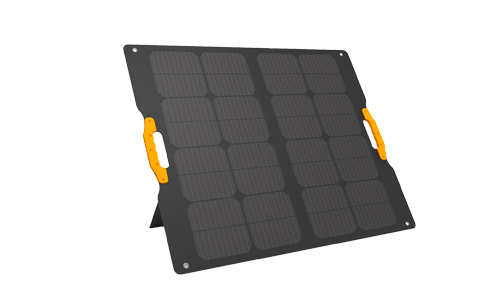
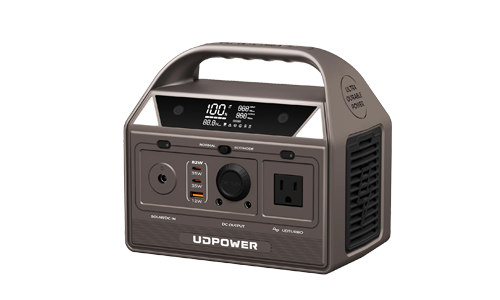
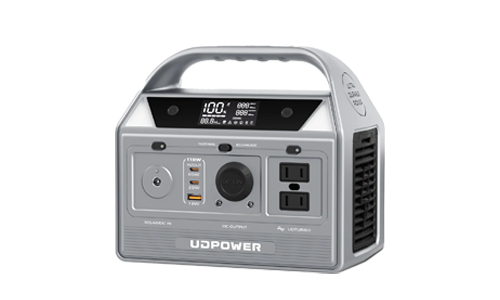
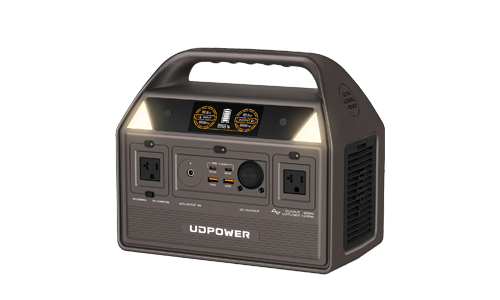
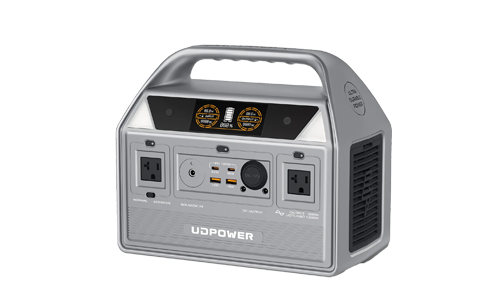


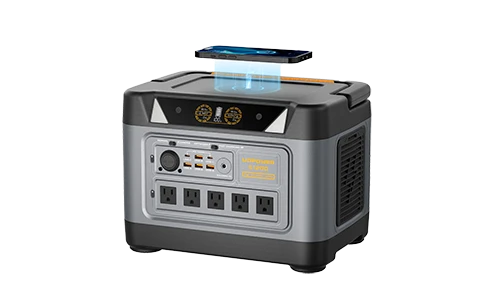
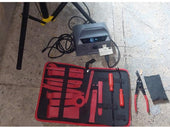
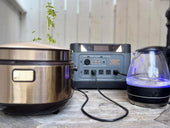
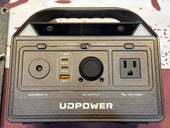
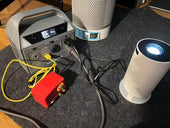
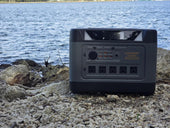
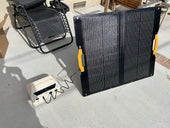
















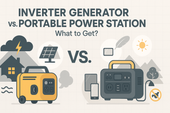
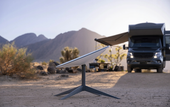



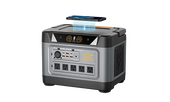







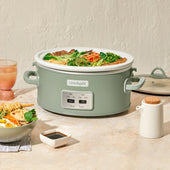






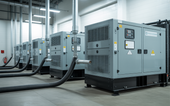
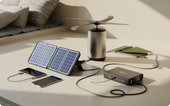
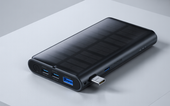


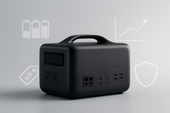







![How to Live In The Woods [Complete Guide]](http://udpwr.com/cdn/shop/articles/Off-Grid_Cabin_Option_f6c94fe7-1ae7-4c3a-baf5-ed9fe684c832.png?v=1763523215&width=170)




